Tìm kiếm hiệu quả và bền. pigeon pea sheller machine cho doanh nghiệp tuốt và bóc vỏ ngũ cốc và các loại đậu của bạn? Duyệt qua Alibaba.com để tìm hàng tấn sản phẩm văn phòng phẩm và di động. Lớn. Bộ sưu tập pigeon pea sheller machine bao gồm các sản phẩm chạy bằng máy kéo, chạy bằng điện và động cơ diesel với năng suất sản xuất vượt trội, từ 50 bao mỗi ngày đến hơn 1000 bao mỗi ngày. Nông dân doanh nghiệp quy mô nhỏ và quy mô lớn độc lập có thể lựa chọn từ nhiều loại. pigeon pea sheller machine duy nhất cho doanh nghiệp của họ.
Những nông dân nhỏ muốn vượt quá sản lượng mà không ảnh hưởng đến chi phí có thể chọn máy quay quay tay. pigeon pea sheller machine có nhiều kiểu dáng, giá cả phải chăng và khá bền. Nông dân quy mô lớn có thể lựa chọn đứng tên tự do. pigeon pea sheller machine được đặc trưng bởi sản xuất cao hơn và hoạt động thuận tiện. Hầu hết các. pigeon pea sheller machine có quạt làm sạch và sàng chuyển động để loại bỏ các hạt bụi bẩn, vòng bi ma sát thấp và tấm áp lực có lò xo.
Người mua có thể chọn từ . pigeon pea sheller machine chạy bằng điện, chạy bằng diesel hoặc chạy bằng máy kéo, có các yêu cầu về thiết kế và lắp đặt khác nhau cho các phương tiện cấp và xử lý. Các cấu trúc mạnh mẽ cùng với sự liên kết vật liệu chất lượng và độ dày kim loại dày hơn của. pigeon pea sheller machine đảm bảo nhiều năm sử dụng. Các. pigeon pea sheller machine mà bạn tiếp cận là loại cây ít tốn công chăm sóc và năng suất cao và có thể làm tươi các loại đậu và ngũ cốc, bao gồm cả lúa miến, gram xanh và kê.
Tại Alibaba.com, nhu cầu của nông dân quy mô lớn và nhỏ được đáp ứng với bộ sưu tập lớn hơn các sản phẩm đa năng và tiết kiệm năng lượng. pigeon pea sheller machine. Những máy nông nghiệp này có giá cả phải chăng, bền và thiết thực cho các ứng dụng khác nhau. Hãy chọn những sản phẩm chất lượng mà không làm tổn hại đến túi tiền của bạn, được thiết kế để bền và hiệu quả, đồng thời được cung cấp ở nhiều năng lực sản xuất.









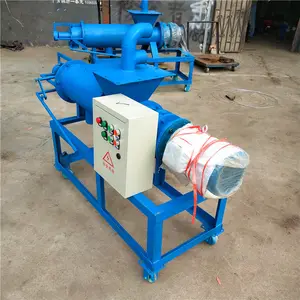







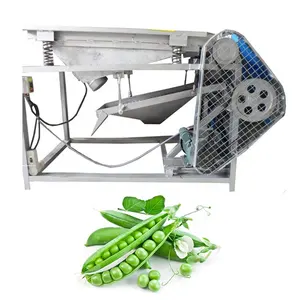

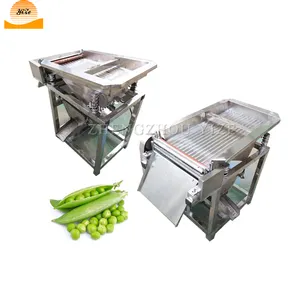
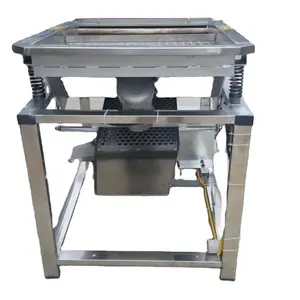


























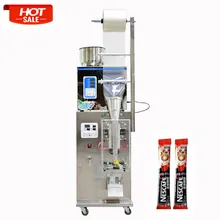





























 浙公网安备 33010002000092号
浙公网安备 33010002000092号 浙B2-20120091-4
浙B2-20120091-4